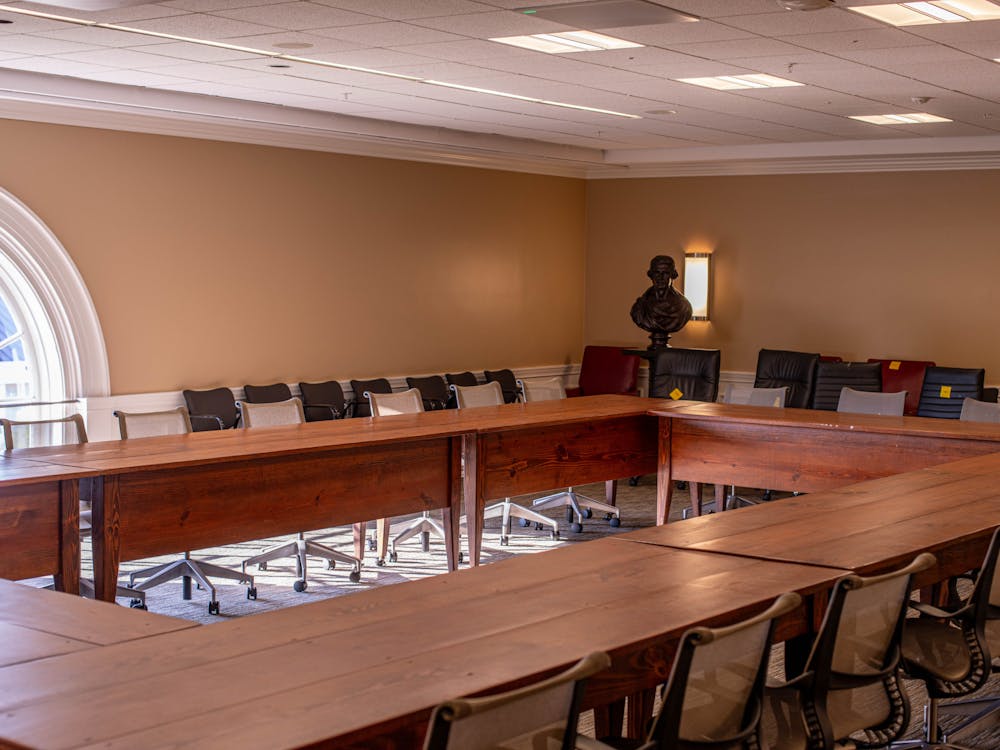In order to generate revenue for new construction projects and renovations to current housing, the Board of Visitors passed a rate increase at their Oct. 2 meeting.
The University currently provides housing for 100 percent of first-year students and nearly 35 percent of the total student body, but officials expect rapidly rising enrollment to increase the need for housing.
Not only will University officials have to cope with the growing student population, but also with the deteriorating conditions of many dorms. At both the Finance and Buildings & Grounds Committee meetings, the need for renovating Alderman Road dorms was addressed.
The Alderman Road dorms, built in the 1960s and 1970s, constantly are under renovation. Plumbing, electrical systems and concrete all need to be modernized or replaced, according to Vice President of Finance Yoke San Reynolds.
Major renovation and new construction also is needed at other locations, particularly in replacing existing beds and building additional ones, Reynolds said.
At the meeting, the Board approved a four-year housing increase of $150 per student per year in order to generate funds to offset construction and renovation costs expected to be a large financial burden on the University.
Reynolds predicted that major renovation costs will range from $42,600 to $51,100 per bed in addition to new construction costs from $83,000 to $100,000 per bed.
Officials expect these expenses to cause the overall cost of housing to increase by 4 percent. The University's average student housing rate, $2,451 during the 2002-03 year, is predicted to jump to $3,808 by 2007-08.
If revenue does increase as predicted, the University will either be able to renovate 1700 to 2000 beds or construct 850 to 1000 beds -- or some combination of the two.
"It is important to remember that Student Housing is an auxiliary enterprise and is self-sufficient," Reynolds said. "Housing rates will have to pay for operating and capital expenses."
All universities in the Commonwealth are facing similar unpredictable enrollment issues. Not all, however, are in the same position as the University.
"The older the institution, the older the housing stock is, and it will be in need of more repairs," said Colette Sheehy, vice president for management and budget.
While old buildings demand more expensive renovations, there are also advantages to an older housing stock -- debt has been paid off on many of the buildings and principal interest no longer has to be paid.
Despite the housing crunch, University officials say they plan to continue current policy of providing housing to all first years.






